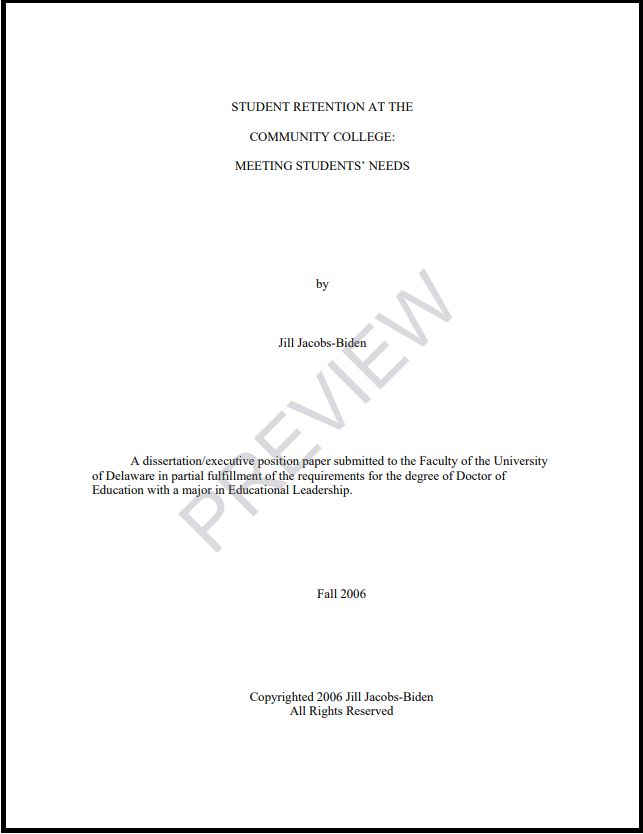“Student Retention at the Community College: Meeting Students’ Needs”
- Home Page 181

Evensong “This is My Song”
“This Is My Song” is a hymn that was written by Lloyd Stone in 1934, with music composed by Jean Sibelius, a Finnish composer. The hymn was originally titled “A Song of Peace” and was written during a time of global unrest, just before World War II. Lloyd Stone was an American minister, and he wrote the lyrics to express his desire for peace and unity among nations.
The hymn gained popularity for its message of peace and hope during a turbulent period in world history. Over the years, it has been included in various hymnals and sung in churches and gatherings around the world. The combination of Stone’s heartfelt lyrics and Sibelius’s stirring music has made it a beloved hymn that continues to be sung to this day. The hymn is often used in interfaith and ecumenical settings to promote the idea of peace among all nations and people.
Abraham and the Three Visitors
This content is accessible to paid subscribers. To view it please enter your password below or send mike@standardsmichigan.com a request for subscription details.
Winter Birds
Blue birds huddling together for warmth
pic.twitter.com/t0SEG4CZhs— Science girl (@gunsnrosesgirl3) December 27, 2024
KOMPOT
This content is accessible to paid subscribers. To view it please enter your password below or send mike@standardsmichigan.com a request for subscription details.
Elettrotecnico Lingua Franca
In our collaboration with the IEEE Education & Healthcare Facilities Committee we are sensitive to the point of view of our research and standards setting colleagues in other nations; among them CEN (European Committee for Standardization) and CENELEC (European Committee for Electrotechnical Standardization) are two standardization organizations in Europe, and they have some similarities and differences.
- CEN develops standards for a wide range of products, services, and processes, including construction, consumer goods, food and agriculture, and many others.
- CENELEC, on the other hand, focuses specifically on electrotechnical standards, including electrical equipment, electronic components, and telecommunications.
Another key difference between CEN and CENELEC is their membership. CEN has members from 34 European countries, including national standardization bodies, industry associations, and consumer organizations. CENELEC has members from 34 European countries as well, but they are limited to national electrotechnical committees, which are responsible for electrotechnical standardization in their respective countries.
Despite their differences, both CEN and CENELEC play important roles in the development and promotion of European standards, and their standards are widely recognized and used across Europe and beyond. Its leadership committees meet this week in Brussels. CLICK HERE to access videolinks.
We had the pleasure to welcome the new CENELEC President Elect Mr Riccardo Lama at our offices, for a moment to engage with the CEN and CENELEC senior management team and the CEN and CENELEC Presidents Mr Stefano Calzolari and Mr Wolfgang Niedziella.@CEInorme @IECStandards pic.twitter.com/ynk9ViWb60
— CEN and CENELEC (@Standards4EU) January 17, 2024
Electropedia: The World’s Online Electrotechnical Vocabulary
Overhead Alternating Current Transmission Line Design
IEEE 1863-2019 Guide for Overhead AC Transmission Line Design covers basic principles, methods and experience for designing of 110 kV to 1000 kV AC overhead transmission lines, and may also be used as reference for the design of lower voltage overhead transmission lines. This Guide consists of the introduction, definitions, meteorological design criteria, electrical design, structural design criteria, design of foundations, and experiment result and design experience.
This Guide is a listing of the information and procedure that is required during the design of AC transmission line, and provides guidance for transmission line designers in data collection and design stage.
Guide for Overhead Alternating Current (AC) Transmission Line Design | Comments Due February 2
Related:
Fashion Business
This content is accessible to paid subscribers. To view it please enter your password below or send mike@standardsmichigan.com a request for subscription details.
New update alert! The 2022 update to the Trademark Assignment Dataset is now available online. Find 1.29 million trademark assignments, involving 2.28 million unique trademark properties issued by the USPTO between March 1952 and January 2023: https://t.co/njrDAbSpwB pic.twitter.com/GkAXrHoQ9T
— USPTO (@uspto) July 13, 2023
Standards Michigan Group, LLC
2723 South State Street | Suite 150
Ann Arbor, MI 48104 USA
888-746-3670


















